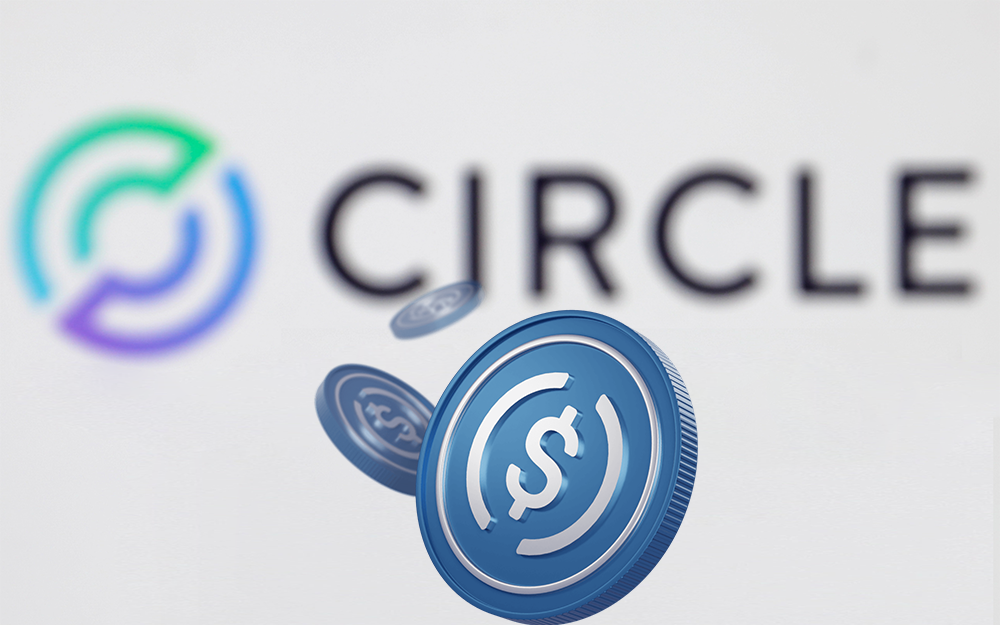
Circle’s CEO Jeremy Allaire has revealed that US customers only account for 30% of stablecoin USDC’s adoption. This may come as a surprise to many, considering that Circle and its USDC token have been thought to majorly be focused on the US market, especially considering its close ties with Coinbase, the largest crypto exchange in the US.
Non-US Markets Driving Adoption
Allaire revealed in his tweet that non-US markets are, in fact, the ones driving USDC’s adoption.
According to him:
Despite the hype that we’re all about the US, we estimate that 70% of USDC adoption is non-US, and some of the fastest growing areas are emerging and developing markets. Strong progress happening across Asia, LATAM and Africa. Demand for safe, transparent digital dollars is strong.
This is a further testament to the fact that the crypto market outside the US is growing rapidly. Besides USDC’s adoption, Allaire’s reference to Asia, LATAM, and Africa proves that more and more countries in these regions are moving to incorporate cryptocurrencies in their economy.
Furthermore, the crypto industry in countries like Hong Kong, Japan, South Africa, Namibia, and South Korea is growing, especially with the aid of regulatory certainty, something which the US still lacks.
Meanwhile, four countries in LATAM (Latin America) – Argentina, Brazil, Colombia, and Ecuador – were ranked in the top 20 for global adoption of crypto assets, according to a report by the International Monetary Fund (IMF).
USDC is second-largest stablecoin by market cap | Source: Market Cap USDC on Tradingview.com
Paypal USD Under Fire
In a subsequent tweet, Allaire congratulated payments platform PayPal on the launch of its dollar-backed stablecoin PYUSD. However, PayPal hasn’t enjoyed the same warm reception from many in the crypto community.
Some have called the ‘centralized’ nature of the token into question. They believe that the PYUSD defeats the very ethos of Web3 – decentralization. One X user Sasha Hodder, a crypto enthusiast, referred to Paypal USD’s terms of service and how it has the “censorship capabilities of a CBDC.”
Another user, who happens to be a smart contract security expert, also revealed how the stablecoin has a code in its development that could instantly wipe one’s balance.
On the other hand, Ripple’s CTO, David Schwartz, was quick to defend Paypal as believes that the centralized aspect of Paypal USD is the part where users can redeem the physical equivalent of their stablecoins. According to him, this is necessary to mitigate the risk of losing their funds since it ensures that Paypal pays out redemptions it is not legally obligated to redeem.
















